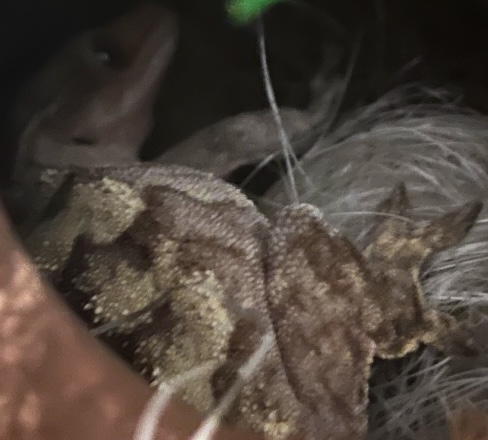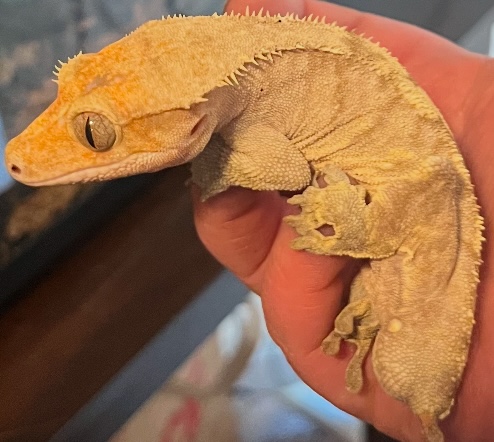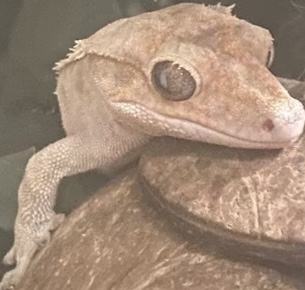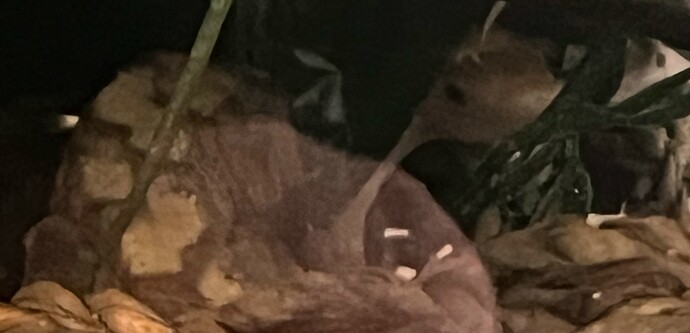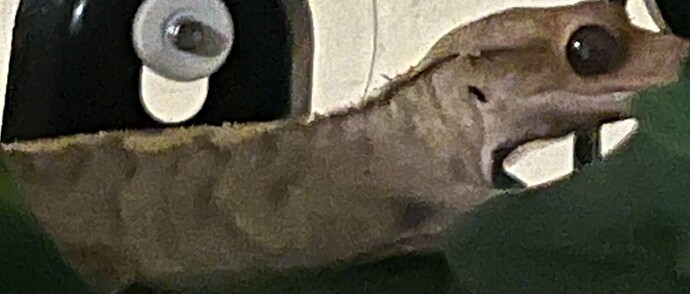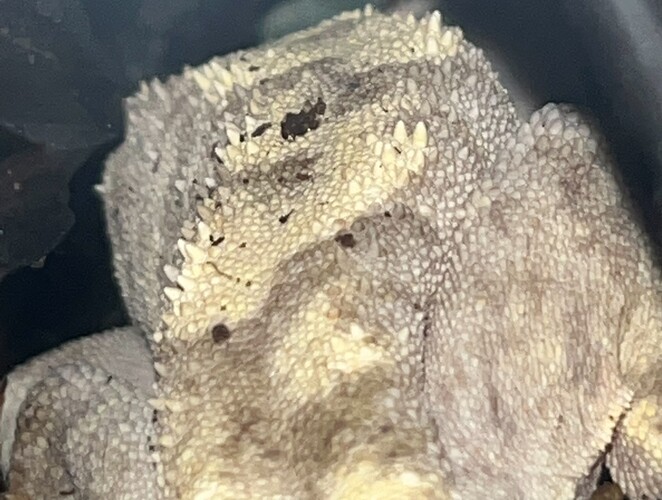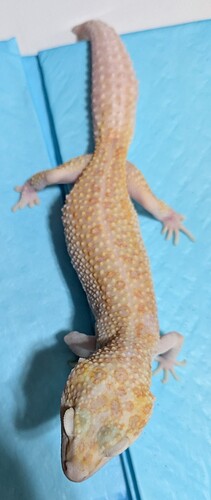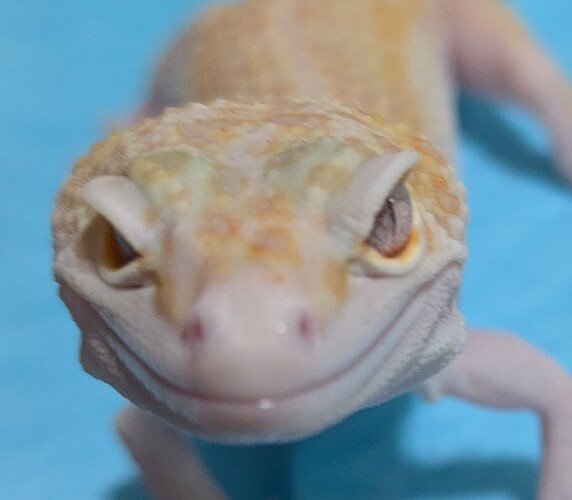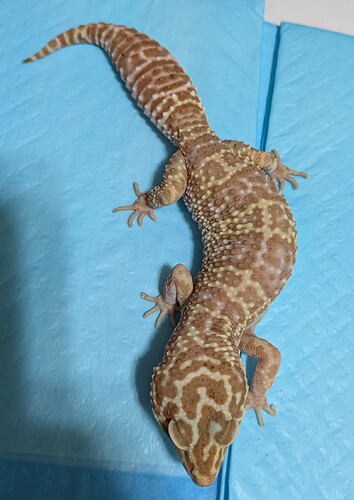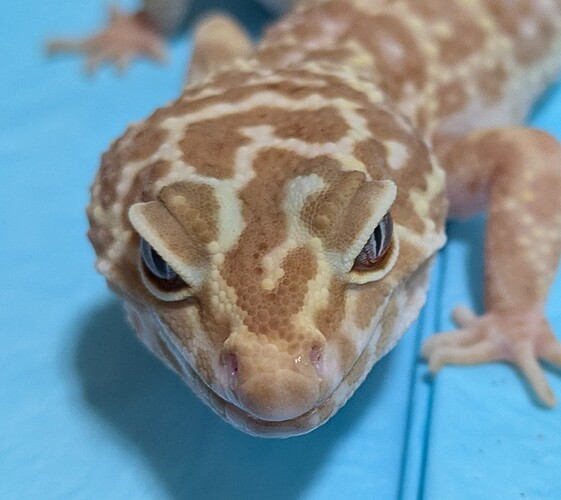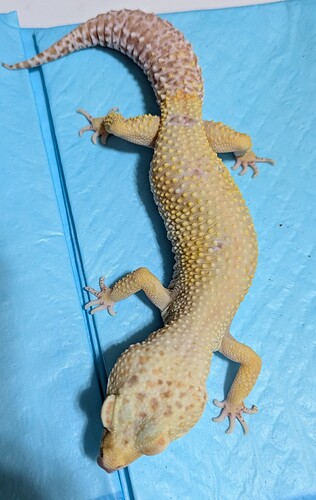No one is coming at you, we’re just advising you to get a good grip of the morphs and what works and doesn’t work together before you start breeding.
Like i said, crested geckos are nothing like most other reptiles, and their genetics are quite a bit more tricky as they are believed to be polymorphic by nature (depending on who you ask). Their genetics are also not fully understood as of yet, and many of the morphs known today are simply visual descriptors, rather than actual genetic morphs. They’re also one of the only reptiles where structure is taken into account, which is especially important when breeding animals that do not have anything special to offer otherwise.
Planning out potential breeding projects before even knowing what morph your gecko is, is not a good idea in the slightest. Especially not with a rescue animal. While i personally am not against breeding rescue geckos with no lineage, it takes a certain level of morph-understanding, to know what to expect from the pairings. While there are hidden gems out there, lots of geckos with no lineage are not breeding material.
He unfortunately seems to have poor structure, which again is not a definite no in terms of breeding, but should only be bred if the gecko has something else that is potentially worth breeding.
A gecko cannot be both lavender and yellow, as lavender is tied to black-base. Lavender is hypo interacting with black-base, and cream is not a trait but an expression. Brindlequin is a type of harlequin, typically a yellow-base, where tigering is showing as well. Bicolour is a specific expression of phantom. Those are things you should know before you start breeding.
Its hard to say what the orange on his head is, it might just be a misfire. The blue spot on his head id assume is just his head stamp.
A lot of older yellow animals also tend to appear lavender-ish, so that’s what i expect is going on here. A yellow brindlequin dalmatian would be my best guess, but like i said, better photos are needed to tell for sure what morph he is. Photos in better lighting, clearly showing his dorsal and laterals.
It is totally fair to still be learning, we’ve all been there, and it’s great that you actually want to put in the work, because a lot of crestie breeders don’t, but my best advise to you would be to learn before you start planning out your breeding projects! Don’t get an animal with the intention to breed before actually knowing what you have in your hands and whether it’s worth it!
